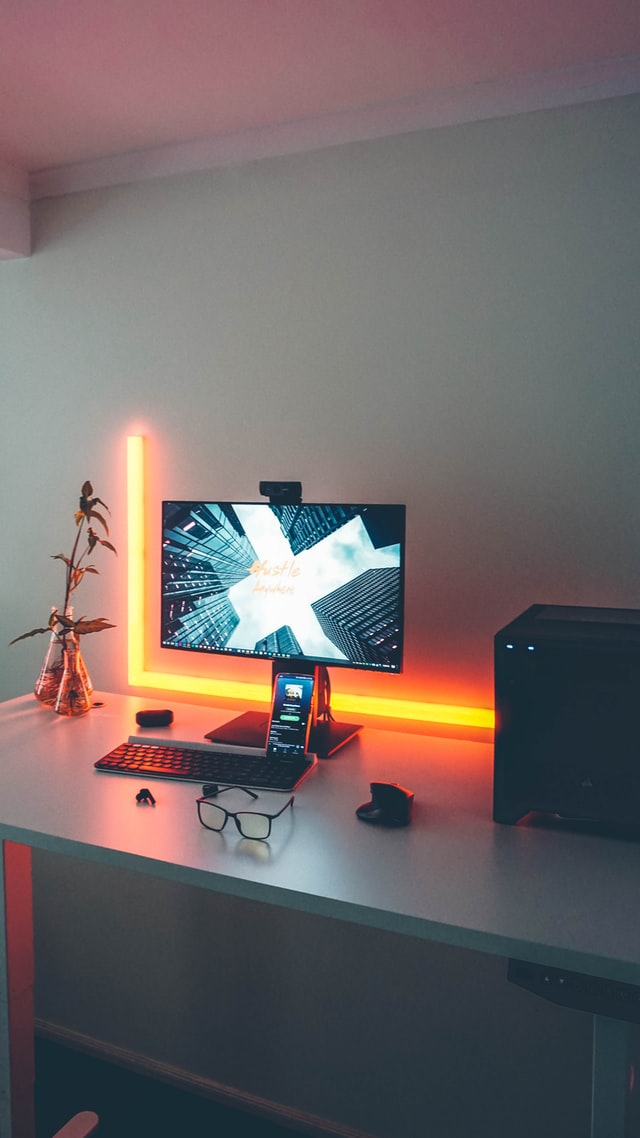- If you don’t have one, add it.
- Now, if you are going to add a subwoofer or you currently have a subwoofer, is it suited to your room size?
- Rule of thumb
- What about the room size?
- Check for the suitability of the setting
- Adjust the manual level control on the subwoofer
- Use an LFE input
- Set the crossover control to the highest frequency
- Placement of the subwoofer
- Conclusion
- Related Article:
We are going to talk today about subwoofers, a very, very important part of any home theater system. Because those big low-frequency effects and explosions and things, I mean, they really wouldn’t be what they are without a good subwoofer in the system. So, that is Tip Number 1. BuTt the main question here is how to improve your subwoofer, which delivers deep bass. I’ll get to it. Just keep reading till the end.
If you don’t have one, add it.
If you have a multichannel home theater system and you don’t currently have a subwoofer, think about adding one. It really will handle the very, very bottom octaves better than pretty much any…even the largest floor-standing speaker on the market. So if you don’t have one, add one. Although I am sure the ones reading this article have a subwoofer, hence, they are here. Still, I had to mention it just in case, you know.
Now, if you are going to add a subwoofer or you currently have a subwoofer, is it suited to your room size?
Is it suited to the rest of the speakers, particularly your main front left and right speakers? And what I mean by that is that an underpowered subwoofer for a very, very large room, or meted with very, very large floor-standing speakers, is not going to perform the way that you want. So if you’ve got a pair of floor-standing speakers with dual 8-inch woofers, and you have got an amplifier that’s 500 Watts of the channel, you shouldn’t have a little 8-inch subwoofer with 100 Watts in it. It is just not going to complement the rest of the system.
Also Check Out: What 12 Inch Subwoofer Has The Deepest Bass?
Rule of thumb
A good rule of thumb is that whatever your amplifier power is upfront on the front left and right speakers, you should have in that same ballpark in your subwoofer’s built-in amplifier.
What about the room size?
And as for room size, it is going to vary depending on different manufacturers of subwoofers and what the output is capable of. So call them, ask them, and give them your room dimensions. But what if you already have a subwoofer? Lots of people are confused by subwoofers because they have inputs, they have, many times, lots and lots of controls, but there are a few basic things that you can check.
Check for the suitability of the setting
Number one, if you are using a subwoofer output on a home theater receiver or processor, make sure that the subwoofer settings are suitable for your main speakers. What do I mean by that? Well, even if you have used the automatic setup to tune the system, go in and manually check to see what the levels are set at.
Adjust the manual level control on the subwoofer
You don’t want your main speakers at 0 or +1 dB on the trim setting and then the subwoofer at -6 or +8. In that case, you can adjust the manual level control on the subwoofer to try and get those levels around the 0 dB trim. That’s what you want. Otherwise, there can be cases where you are overdriving or underdriving the input signal to the subwoofer.
Also Check Out: Can You Bridge a 4-Channel Amp to 1 Subwoofer?
Use an LFE input
The next thing is that if you are using the bass management, the filters, and the roll-off settings in a home theater receiver or processor, which is typical when you use a sub output, make sure that if your subwoofer has what’s called an LFE input, an RCA jack that is labeled LFE, use that. If it has a single jack or a jack labeled mono, use that.
Set the crossover control to the highest frequency
And then finally, if there is a frequency control, or a turnover control, as it is sometimes called, or crossover control, make sure that you have it set to the highest frequency. You don’t want to have a filter built into the subwoofer electronics interfering with the one that the subwoofer output from the receiver and then adding up in sometimes very strange ways. So if you are using the sub out on a home theater receiver or processor, make sure that your frequency control is set to the highest position.
Placement of the subwoofer
Now, placement. People tend to put subwoofers in the corner where they are out of the way. But if the performance of your bass seems too boomy or too thumpy, and it is overpowering everything else, try pulling the subwoofer out from the corner. Even if it can just go half a foot to a foot, you might be amazed at how that will change the bass response that you hear at your listening position.
The opposite of that is that if you don’t have enough weight, enough thump, enough bass weight in the room, try pushing the subwoofer a little bit further into the corner, or if it’s not anywhere near a corner, move it a little bit closer to a corner. That is going to load up the room better at low frequencies and can give you more output, and it costs nothing to do that.
Conclusion
So those are just a few simple things, whether you have a subwoofer or you are looking for one, you can check out and try it on your own. This will surely help improve your deep bass subwoofer.
Related Article:
How to Test the Frequency Response in Subwoofers
Top 5 Best Soundbar Without Subwoofers To Buy From Amazon
Best Subwoofer Box for Deep Bass












